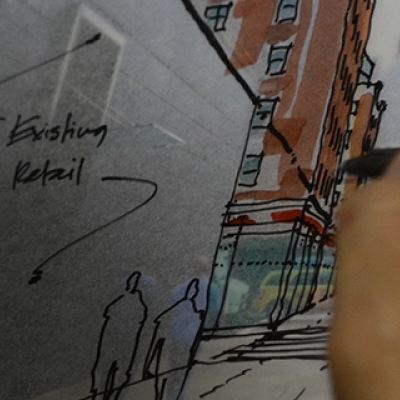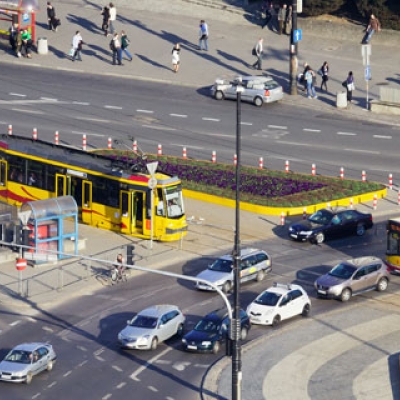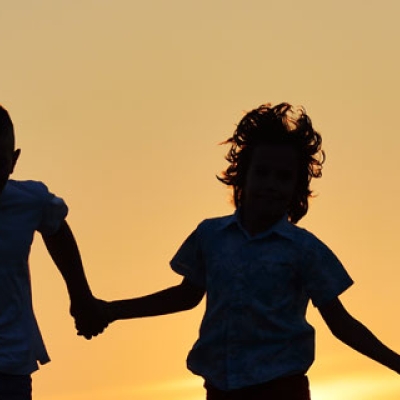What is a Walkability Study, and Why Should You Do One?
Jeff Speck, one the nation’s leading pedestrian experts, joined the Maryland Department of Planning and the Smart Growth Network to explain his approach in Oklahoma City and other communities, how walkability studies are conducted, and how local planners can work with neighborhoods, business groups and citizens to complete similar studies of their own.









